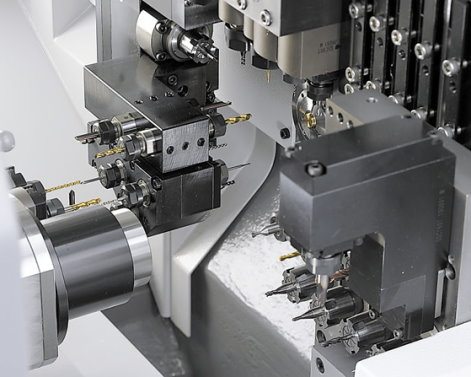Understanding Interpolation
Want to understand more about interpolation? Say, for example, you wish to move only one linear axis in a command. Say you request to move the X axis to a location one inch to the right of program zero. In this circumstance, the command X1 would be used (assuming the total mode is instated). The [...]

